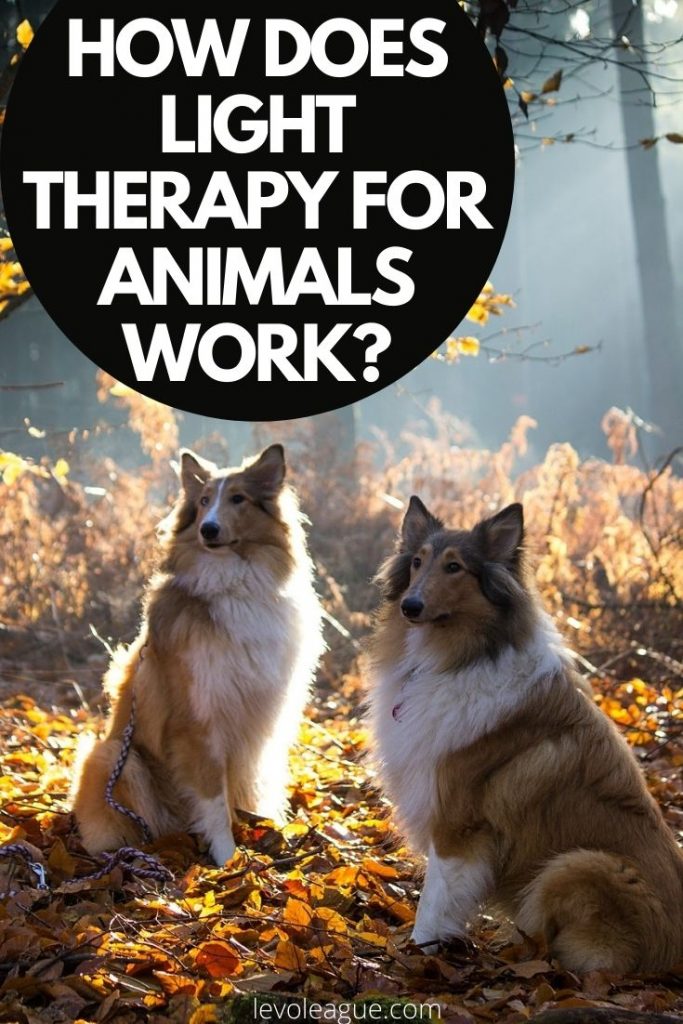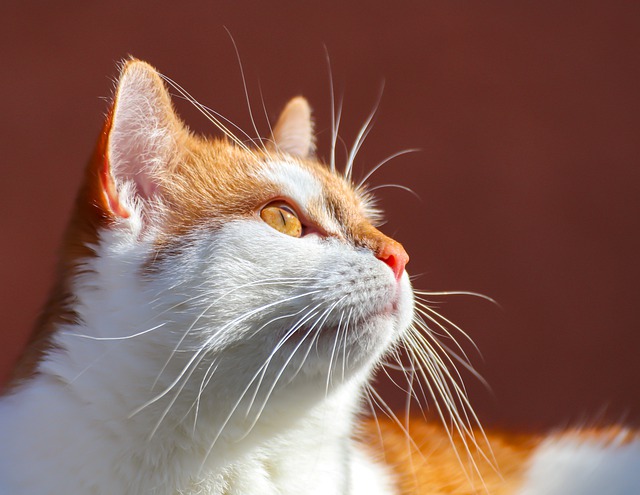Light Therapy for Animal Treatment
Animals, like humans, suffer from several conditions and diseases. Although it often occurs with the onset of old age, many animals can experience various problems throughout their lives. In most of the cases treating animals is different from treating human diseases. However, there are some therapies and technologies that work for both humans and animals, and light therapy is one of those. In this article, I would like to discuss how light therapy can be very effective in an wide array of animal treatment.
As research and studies continue to advance, light therapy for animal treatment has quickly gained popularity. It is one of the cost-effective painless alternative treatments for animals of all species. Over the past decade, it has become particularly pet friendly.
Veterinary light therapy is an innovative treatment as veterinarians discover its benefits for pets. Used in a similar fashion to massage therapy and other alternative therapies, laser treatment can be used in conjunction with drugs. You can know about some of the benefits here. It can also alter drugs to control pain, inflammation, and wound healing.

How Does Light Therapy for Animals Work?
Therapeutic lasers custom light waves of a specific wavelength to cause photobiomodulation or alteration of cell and tissue physiology. The light engrossed by cellular components inspires electrons and activates cells to help growth, proliferation, relocation, and restoration.
The response of tissue to laser therapy depends on the wavelength of the light that is delivered. Most therapeutic lasers use red or near-infrared light, which has a wavelength of 600 to 1070 nanometers. However, the green, blue, and purple light units, which have shorter wavelengths, become more and more popular.
The lower wavelength laser beams are absorbed by surface tissue, such as the skin. In contrast, the longer wavelength beams penetrate deeper into the muscles and bones.
Laser therapy helps repair tissue by causing the following:
- Endorphin release
- Muscle relaxation
- Faster healing and repair
- Reduced inflammation
- Vasodilation, which increases blood flow to introduce oxygen and cells involved in the healing process
What Animals Can Benefit from Light Therapy?
Although the optimal treatment varies for each animal. Light therapy has been shown to help small farm animals to big animals such as horses. Solid evidence indicates that light therapy for animal treatment is quite successful in helping a variety of situations in animals, such as skin infections, rashes, eczema, and joint problems.
It is true that the size of the animal, as well as the amount of hair on its coat, must be taken into account with respect to the time and intensity of the treatment. Animals with thicker fur will need adequate exposure, generally higher amounts of light and longer treatment protocols for light to be absorbed through the skin.
Dogs
Light therapy is an effective and painless treatment for a variety of medical conditions and problems that can affect domestic dogs. Light therapy treatments can help heal wounds, stimulate hair growth, minimize (or eliminate) skin problems, suppress “kennel cough”, relieve nervous tension, and aid recovery after surgery. It has also been shown to help acute and chronic conditions like arthritis, to which many dogs become susceptible as they age.
Cats

Most cats seem to enjoy light therapy due to the brightness of the light. Although beneficial for a number of conditions (skin, ear infections, allergies, etc.), light therapy sessions can also speed recovery time and healing after sterilization or sterilization.
One of the biggest benefits of light therapy for a cat is the treatment of ischemic kidney disease. Continuous sessions of red light therapy have been shown to significantly help “open” blood circulation in the kidneys and “wake up” cells that are still alive but with insufficient blood flow.
Chickens
Light therapy has been shown to be effective for longer and higher peak egg production as it has the ability to activate the reproductive axis in poultry. The devices of red light therapy also have the capability to stimulate growth and initiate the release of hormones in chickens.
Red Cows
Light therapy has been recognized to be extremely effective in treating dairy cows suffering from various conditions that affect their milk production.
Hamsters
Light therapy and its impacts on hamsters have been studied as intensively as rats and mice. Studies show that LLLT’s anti-inflammatory mechanisms are particularly useful in treating mouth ulcers in hamsters, reducing healing time with minimal pain.
Horses
Generally called “equine light therapy,” LLLT has quickly become a popular form of treatment for many “horse doctors.” Used for a broad range of common problems affecting horses, it has been shown to be beneficial in the treatment of chronic pain (arthritis, navicular and laminitis), muscle pain, lameness, tendon injuries, and colic injuries.
In fact, one study reveals that when light therapy was administered to 14 race horses suffering from chronic back pain for years, 10 of the 14 horses responded so well to treatment that they were able to continue to function. An acceptable level for training and competition.
However, you should not arrange light therapy for your domestic animals yourself. Like any other therapy for animals, you must consult a vet before deciding to provide light therapy to your animals. Though light therapy does not have any major side effect, your animal might have a health condition that can negatively react with light therapy, making the situation even worse. That’s why an expert’s opinion is mandatory before choosing any therapy.






